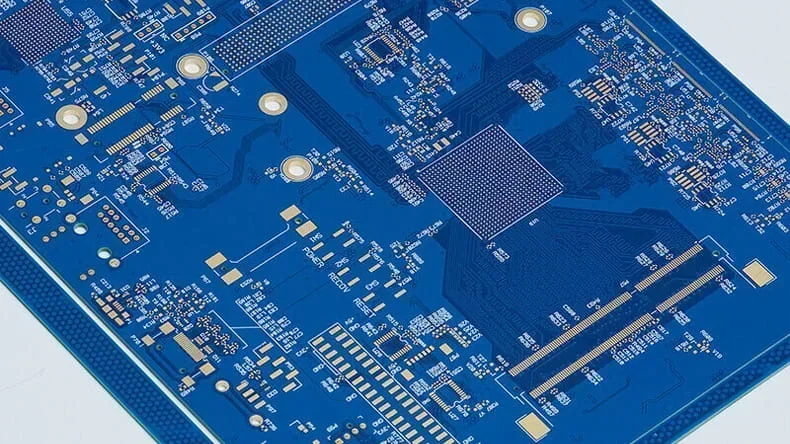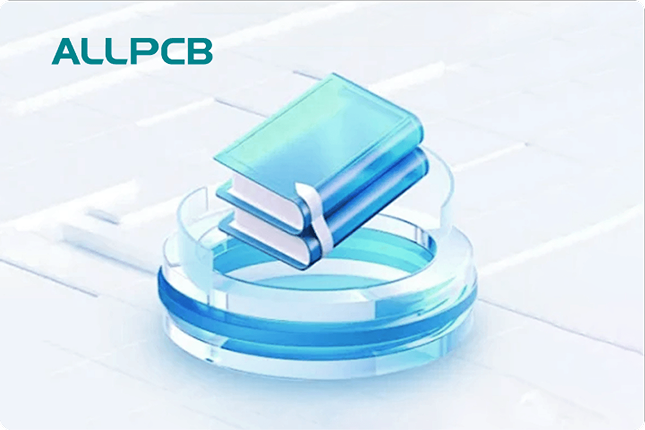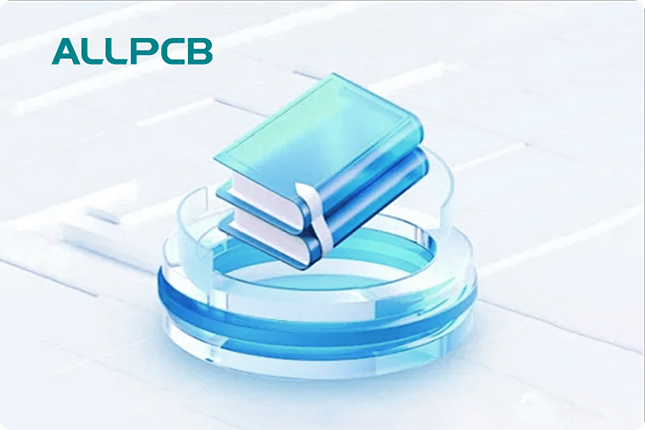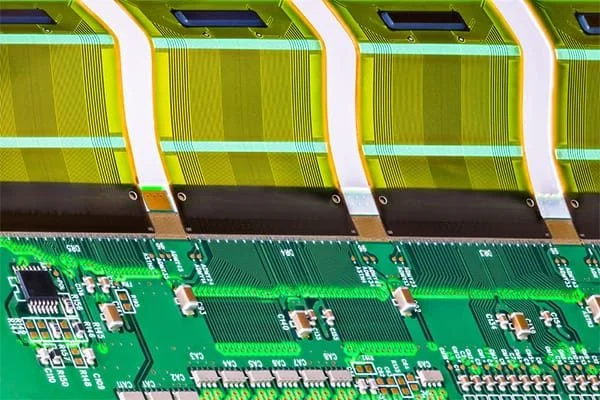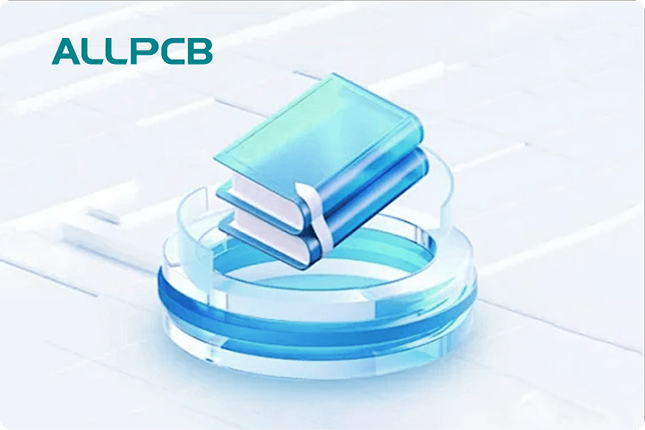When it comes to silk screen printing in PCB manufacturing techniques for electronics production, choosing the right method can make a significant difference in quality, cost, and efficiency. The best silk screen color printing method depends on your specific needs, such as production volume, design complexity, and budget. In this comprehensive guide, we’ll compare the most common silk screen printing methods used in PCB manufacturing, breaking down their pros, cons, and ideal applications to help you decide which one suits your project best.
What Is Silk Screen Printing in PCB Manufacturing?
Silk screen printing, often referred to as legend printing, is a critical step in PCB manufacturing techniques. It involves applying a layer of non-conductive ink to the surface of a printed circuit board (PCB) to display text, symbols, and graphics. These markings typically include component designators, polarity indicators, test points, and logos, which are essential for assembly, debugging, and maintenance in electronics production.
This process not only enhances the functionality of the board by providing clear identification but also improves the overall aesthetic appeal. With various silk screen color printing methods available, understanding their differences is key to optimizing your PCB production process.
Why Does Silk Screen Color Printing Matter?
In electronics production, silk screen printing ensures that engineers and technicians can quickly identify components and their orientations during assembly. A well-designed silk screen layer reduces errors, speeds up production, and simplifies troubleshooting. Additionally, the choice of color and printing method can impact readability under different lighting conditions and durability over time, especially in harsh environments.
Common Silk Screen Color Printing Methods in PCB Manufacturing
There are three primary silk screen color printing methods used in PCB manufacturing techniques: Manual Silk Screening, Liquid Photo Imaging (LPI), and Direct Legend Printing (DLP). Each method has unique characteristics, making them suitable for different scenarios in electronics production. Let’s dive into the details of each method and compare their features.
1. Manual Silk Screening
Manual silk screening is the traditional method of applying ink to a PCB using a mesh screen and a squeegee. The screen is prepared with a stencil of the desired design, and ink is pushed through the mesh onto the board’s surface. This method is often used for low-volume production or prototyping due to its simplicity and low setup cost.
Advantages of Manual Silk Screening
- Cost-Effective for Small Runs: Ideal for prototype boards or small batches where high precision isn’t critical. Setup costs are minimal compared to advanced methods.
- Wide Color Options: A variety of ink colors (like white, black, and yellow) can be used, allowing flexibility in design.
- Simple Process: Requires minimal equipment and can be done with basic tools, making it accessible for small-scale electronics production.
Disadvantages of Manual Silk Screening
- Low Precision: Manual application can lead to inconsistencies in line thickness and alignment, especially for fine text or small symbols below 6 mils (0.006 inches) in height.
- Time-Consuming: Not suitable for high-volume production due to the labor-intensive nature of the process.
- Durability Concerns: The ink may wear off over time if not cured properly, especially in harsh environmental conditions.
Best Use Case
Manual silk screening is best for hobbyists or small businesses working on low-volume PCB projects where cost is a bigger concern than precision or speed.
2. Liquid Photo Imaging (LPI)
Liquid Photo Imaging (LPI) is a more advanced silk screen printing method widely used in modern PCB manufacturing techniques. It involves applying a photosensitive ink to the PCB surface, exposing it to UV light through a photomask, and developing the image by washing away unexposed areas. This method is commonly used for medium to high-volume electronics production.
Advantages of Liquid Photo Imaging
- High Precision: LPI can achieve finer details, supporting text and symbols as small as 4 mils (0.004 inches) in height, making it ideal for complex designs.
- Consistency: The automated process ensures uniform application across multiple boards, reducing errors in large-scale production.
- Durability: The ink bonds well with the PCB surface after curing, offering better resistance to abrasion and chemicals compared to manual methods.
Disadvantages of Liquid Photo Imaging
- Higher Setup Costs: Requires specialized equipment and photomasks, increasing initial investment, especially for small runs.
- Color Limitations: Typically limited to standard colors like white or black due to the nature of photosensitive inks.
- Complex Process: Involves multiple steps (coating, exposure, development), which can add to production time if not optimized.
Best Use Case
LPI is ideal for medium to large-scale PCB manufacturing where precision and consistency are critical, such as in consumer electronics production with intricate board designs.
3. Direct Legend Printing (DLP)
Direct Legend Printing (DLP) is a cutting-edge silk screen printing method that uses inkjet technology to directly print markings onto the PCB surface. This digital approach eliminates the need for screens or photomasks, making it highly flexible and efficient for modern electronics production.
Advantages of Direct Legend Printing
- Superior Precision: DLP can produce extremely fine details, with text and symbols as small as 3 mils (0.003 inches), perfect for high-density PCB designs.
- Quick Turnaround: No need for screen or mask preparation, reducing setup time and enabling rapid prototyping or design changes.
- Customizable Colors: Offers a broader range of color options compared to LPI, allowing for better readability and branding opportunities.
- Eco-Friendly: Generates less waste since it doesn’t require screens or chemical developers.
Disadvantages of Direct Legend Printing
- High Equipment Cost: The initial investment in inkjet printing systems can be significant, making it less feasible for small-scale operations.
- Ink Durability: While improving, some DLP inks may not be as resistant to harsh conditions as LPI or manually applied inks unless specially formulated.
Best Use Case
DLP is best suited for high-volume, high-precision PCB manufacturing projects or situations requiring frequent design changes, such as in advanced electronics production for IoT devices or medical equipment.
Comparing Silk Screen Printing Methods: Key Factors to Consider
Choosing the right silk screen color printing method for your PCB manufacturing techniques depends on several factors. Below, we compare the three methods based on critical aspects to help you make an informed decision for your electronics production needs.
1. Precision and Resolution
- Manual Silk Screening: Lowest precision, suitable for basic designs with text larger than 6 mils.
- Liquid Photo Imaging (LPI): Moderate to high precision, supports text down to 4 mils.
- Direct Legend Printing (DLP): Highest precision, capable of text as small as 3 mils.
Winner: DLP for intricate, high-density PCB designs.
2. Cost and Scalability
- Manual Silk Screening: Low setup cost, best for small runs, but labor-intensive for scaling.
- Liquid Photo Imaging (LPI): Higher setup cost, more economical for medium to large runs.
- Direct Legend Printing (DLP): High initial cost, most cost-effective for large-scale production with frequent design iterations.
Winner: Manual for small runs, LPI for medium runs, DLP for large runs.
3. Production Speed
- Manual Silk Screening: Slow due to manual labor, not ideal for tight deadlines.
- Liquid Photo Imaging (LPI): Moderate speed, slowed by multiple process steps.
- Direct Legend Printing (DLP): Fastest, with minimal setup and digital printing capabilities.
Winner: DLP for rapid production needs.
4. Durability and Environmental Resistance
- Manual Silk Screening: Variable durability, depends on ink quality and curing process.
- Liquid Photo Imaging (LPI): High durability, resistant to abrasion and chemicals.
- Direct Legend Printing (DLP): Improving durability, but may require specialized inks for harsh conditions.
Winner: LPI for applications requiring long-term durability.
5. Color Flexibility and Aesthetics
- Manual Silk Screening: Wide range of colors, but consistency varies.
- Liquid Photo Imaging (LPI): Limited to standard colors like white and black.
- Direct Legend Printing (DLP): Broad color options, ideal for branding and readability.
Winner: DLP for projects needing vibrant or custom colors.
How to Choose the Best Silk Screen Printing Method for Your Project
Selecting the right silk screen color printing method for your PCB manufacturing techniques in electronics production involves evaluating your project’s specific requirements. Here are some practical tips to guide your decision:
- Consider Your Budget: If you’re working on a small batch or prototype, manual silk screening offers the lowest upfront cost. For larger runs, investing in LPI or DLP can save money over time.
- Evaluate Design Complexity: For high-density boards with small components, opt for DLP or LPI to ensure legible and precise markings.
- Prioritize Production Volume: High-volume projects benefit from the speed and scalability of DLP, while medium runs align well with LPI.
- Assess Environmental Needs: If your PCBs will face harsh conditions (e.g., high humidity or temperature), prioritize durability with LPI or ensure DLP inks are rated for such environments.
- Think About Aesthetics: If branding or color-coded markings are important, DLP provides the most flexibility for custom colors.
Conclusion: Which Silk Screen Printing Method Is Best?
There’s no one-size-fits-all answer when comparing silk screen color printing methods for PCB manufacturing techniques in electronics production. Manual silk screening shines for low-cost, small-scale projects despite its limitations in precision and speed. Liquid Photo Imaging offers a balanced solution with excellent durability and consistency for medium to large runs. Direct Legend Printing stands out as the top choice for high-precision, high-volume production with quick turnaround and color flexibility.
Ultimately, the best method depends on your project’s unique needs. By weighing factors like budget, design complexity, production volume, and environmental conditions, you can select the silk screen printing approach that delivers the best results for your electronics production goals. Partnering with a trusted PCB manufacturer can also provide valuable insights and access to the latest printing technologies to ensure optimal outcomes.
 ALLPCB
ALLPCB



